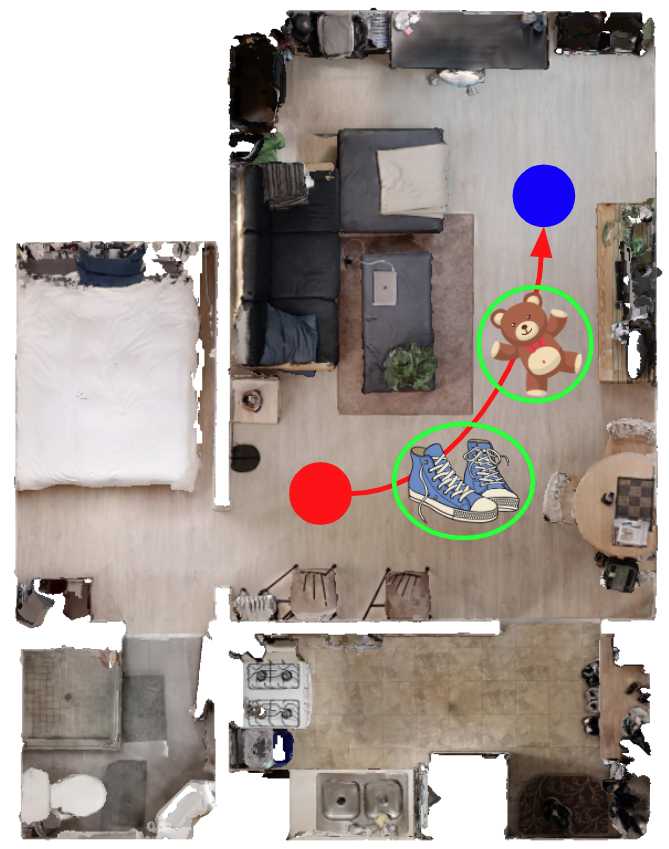Robot Navigation in Constrained Pedestrian Environments using Reinforcement Learning
Navigating fluently around pedestrians is a necessary capability for mobile robots deployed in human environments, such as buildings and homes. While research on social navigation has focused mainly on the scalability with the number of pedestrians in open spaces, typical indoor environments present the additional challenge of constrained spaces such as corridors and doorways that limit maneuverability and influence patterns of pedestrian interaction. We present an approach based on reinforcement learning (RL) to learn policies capable of dynamic adaptation to the presence of moving pedestrians while navigating between desired locations in constrained environments. The policy network receives guidance from a motion planner that provides waypoints to follow a globally planned trajectory, whereas RL handles the local interactions. We explore a compositional principle for multi-layout training and find that policies trained in a small set of geometrically simple layouts successfully generalize to more complex unseen layouts that exhibit composition of the structural elements available during training. Going beyond walls-world like domains, we show transfer of the learned policy to unseen 3D reconstructions of two real environments. These results support the applicability of the compositional principle to navigation in real-world buildings and indicate promising usage of multi-agent simulation within reconstructed environments for tasks that involve interaction.
PDF Abstract


